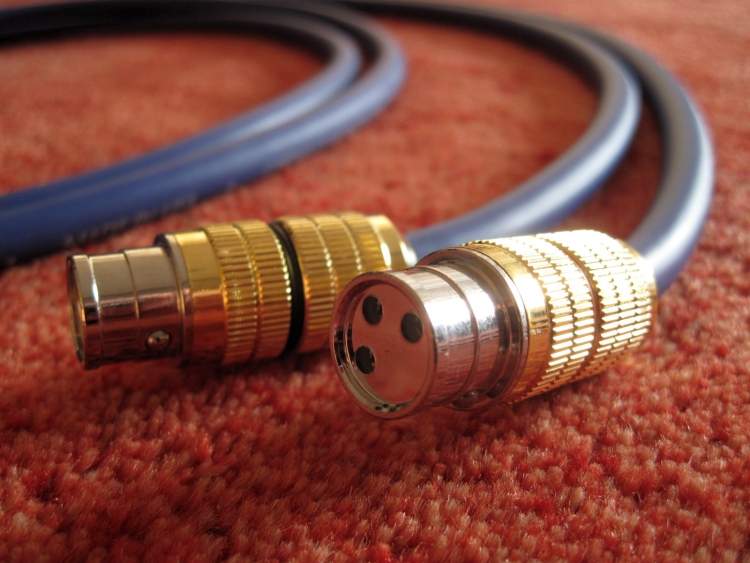
The best Cardas to date?
For the longest time I have favored Cardas’ classic Hexlink Golden 5C over any other Cardas cable, Golden Cross and Golden Reference included. But Cardas’ latest cable, the Clear, is a game changer.
Background – Hexlink Golden 5C
Regular readers know that I am a huge fan of Cardas cables. Together with Transparent Audio, they are the only cable brand that have a consistent presence in my setup throughout my high end years, more than 15 years now. I’ve tried many other cables: the evidence is in my review lists. Every now and then I hear something that is pretty good overall, or even better in one area or another than the Cardas or Transparent Audio cables I use, but never are they even close to being as emotionally convincing, and that is a very important aspect for me.
I use Cardas, as well as Transparent because I found that the one brand works better between preamp and poweramps and the other works better as a cable between sources and preamp. Your mileage might vary so don’t take my word for it, but in all the Jeff Rowland setups I’ve owned and/or heard (including Synergy 1, 2 and 2i preamps, and Model 2, 6, 10 and 725 poweramps), I found that Transparent Ultra or Reference works best between pre and poweramps. Using Cardas Hexlink Golden 5C in that position was never the optimum match. It made the sound too controlled, too rough and too mechanical. Transparent Ultra or Reference however work very synergistically, bringing out the typical Rowland richness, air and fluidity. Then again: the Hexlink Golden 5C may have been the best Cardas cable back in the day, but these days it is evident that it sounds quite rough and lacks subtlety, fluidity and air, amongst other things. I’ll be honest about it: the Hexlink is likely not everyone’s cup of tea. In order to be friends with a Hexlink, one has to forgive its sins. But for some reason, it works wonders with all my past and present sources: Wadia 861, Wadia 781i, Jeff Rowland Aeris, PS Audio PWD MKII, Linn Klimax DS and many others.
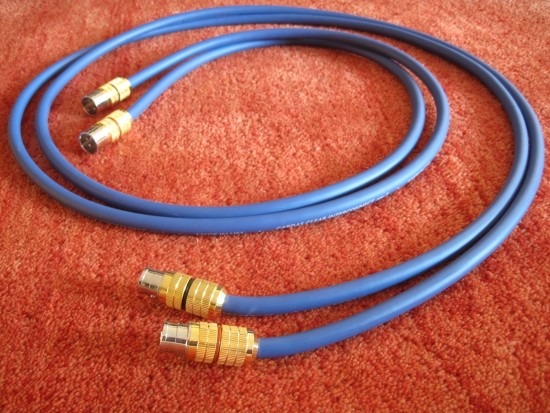
In my experience, Hexlink doesn’t have the resolution, focus, soundstage depth or airy fluidity that many other cables do offer, Transparent Audio cables included, but still, the Hexlink just sort of makes the music much more emotionally engaging than all other cables, again, Transparent included. The latter are very tempting for the added luxuriousness and magically spacious soundstage, but the Hexlink is always acoustically more convincing. It’s about timbre, wide open dynamics and getting involved not only on a cerebral level, but emotionally as well. With my sources, the Hexlink has always done this like no other cable.
It must partially be a matter of synergy, but I can’t understand why the Hexlink works just as well with a PS Audio PWD MKII as it does with a Linn Klimax DS. Or a Levinson 390S, because these are sources that are on entirely different ends of the sonic character spectrum. I won’t try to explain it though, the practice speaks for itself.
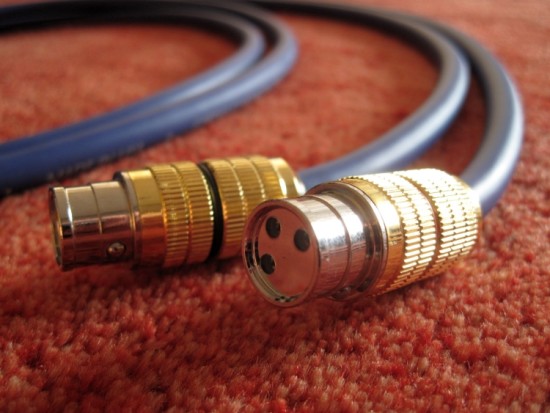
Golden Cross and Golden Reference
What about Cardas’ later offerings, such as the Golden Cross and Golden Reference, or even the Quadlink, one might ask. Well, naturally I have tried all of them. Quadlink 5C offers much cleaner upper bass, more open midrange and more extended, airier treble, and its sound is altogether more refined than the Hexlink. But in the process it seems to have lost the rich and full, yet satisfactorily acoustically convincing tonality of the Hexlink Golden 5C. The Quadlink sounds a bit too lean for me. But then, it is a very affordable cable, and actually very good at its price.
Golden Cross has always been too smooth for me. While I love the Golden Cross’ treble and richness, as well as its forgiving nature, it just seems to lack the qualities that made the Hexlink my favorite cable: acoustic- and dynamic realism. To me, the Golden Cross sounds dynamically constrained, has too much midbass bloom, and misses out on natural timbre, compared to the Hexlink.
Golden Reference seems to divide the difference between Golden Cross’ richness and Quadlink’s clean sound, to produce something that really is in the middle of the two, and is indeed better on the transients and bass articulation, but to my ears still lacks the natural timbre and acoustically convincing midrange of the Hexlink Golden 5C.
Above: No clip to press: the spring-loaded ball makes for a tight fit, but also for easy removal from the socket.
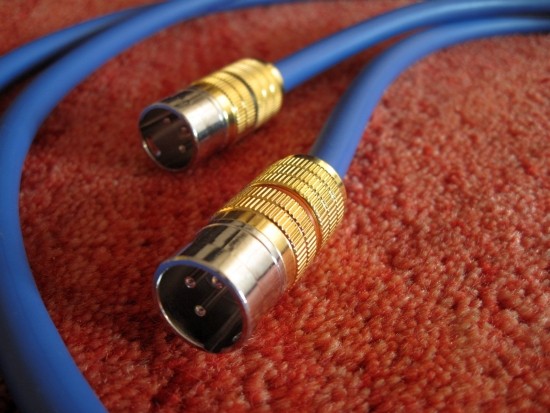
Enter the Clear
When Cardas introduced the Clear, naturally I was all ears! I have read every review that was published and overall, the reviews seemed to indicate that the Clear was indeed a faster-sounding, less warm and more honest cable than the Golden Reference and Golden Cross. But I feared that it might have gone overboard in its neutrality. So, it was a less bloomy-sounding cable. But would the Clear have lost more of its signature Cardas trademarks, such as its natural timbre? After all, I’ve heard plenty cables that are more neutral than either the Cardas Hexlink or Transparent Ultra or Ref, but in the process they always seem to have a more clinical / less musical sound. So, I just had to take a listen for myself. Cardas were kind enough to loan me a Clear XLR cable in a 2 meter length, so that I can use it with all my sources.
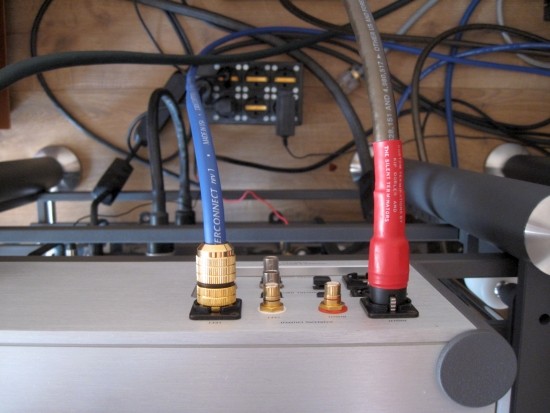
Above: Left: Clear, Right: Hexlink. No more shrink wrap and no more Neutrik XLRs: instead a clean, air-tight Cardas custom made Rhodium/Gold connector, and the cable itself is nicely flexible much like the Golden Reference, which is much more flexible than the very stiff Hexlink.
Wadia 781 + Cardas Hexlink Golden 5C
Until now, one of my two Hexlink Golden 5C cables was used with the Wadia 781. A superb player that is perhaps a touch leaner in the bass and lower midrange than older Wadias, but makes up for that by being more upbeat and more articulate and having much more finely resolved treble.
Perhaps the 781’s better treble is why it works well with the otherwise somewhat dark and not so well resolving Hexlink. On the other hand, the Hexlink really helps bring out what I consider to be Wadia’s greatest character trait: the superbly acoustically convincing midrange. To my ears, piano and drums never sounded more realistic than with this combination. But, as I indicated, the Hexlink is far from the perfect cable, and many of my friends are not as forgiving of its technical imperfections as I am.
It was in the presence of my friend MP, an avid lover of Jadis Tube amps and Sonus Faber speakers, that I brought home the Cardas Clear right after receiving it. Up to this point both the Wadia 781i and the Rowland Aeris were connected with Cardas Hexlink Golden 5C. Although MP liked how the Wadia 781 with Hexlink improved on the Levinson 37 CD transport + Rowland Aeris DAC with Hexlink in the areas of soundstage depth and layering, he wasn’t really convinced, and ultimately preferred the Levinson 390S on its own using either Cardas or Transparent cables, for its more fluid sound. The Levinson works well with either the Hexlink or the Transparent Ultra XL, the former being more acoustically convinding in the midrange, the latter being more refined and airier. I can’t really disagree with MP’s reasoning, but am myself also attracted to the timbrally more natural Wadia + Hexlink.
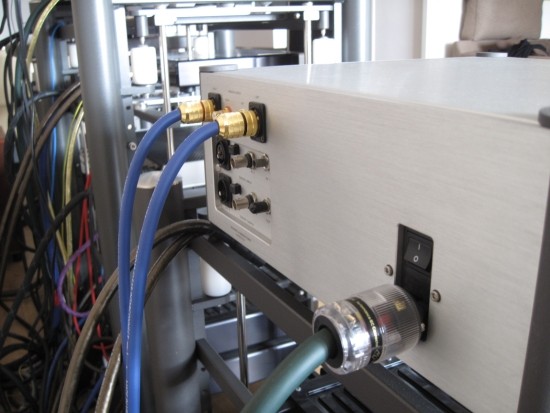
Wadia 781 + Cardas Clear
While we were listening to the Levinson using a Transparent interlink, I had connected the Cardas Clear to the Wadia 781, in place of the Hexlink. When MP was fully convinced that he didn’t really like the Wadia, I swapped the disc and switched from the Levinson to the Wadia and hit play. Whooaa: this was something else! First thing I noticed was a much more rhythmic bass with clearer transients and much more potent drive and attack, but without sounding lean. My tube-lover friend first noticed the changed dynamic behaviour and treble liquidity, and while he now started to doubt if he still preferred the Levinson over the Wadia, I was already convinced.
We reconnected the Hexlink to the Wadia just to be sure and sure enough: the Hexlink sounded dull, muddy and very ill-defined. I couldn’t believe that this was the very cable that I loved so dearly all those years. Here I was, witness to how a brand new Cardas Clear with zero playing hours, handsomely beat my trusty Hexlink Golden 5C. And not only did it beat it: it made the Hexlink sound wrong. Of course you can get used to the Hexlink again, but after having heard the Clear, I’m not so sure anymore that I’d want to.
Prolongued listening revealed that the Clear was initially actually slightly tipped up in the upper midrange and lower treble. But already after a few CD’s I noticed how the frequency range evened out. The interesting thing about the Clear is that it not only sounds incredibly neutral, it manages to do this while maintaining the fulness of sound and the acoustically convincing midrange that the Hexlink did so well.
Focus and soundstage layering is also much improved compared to the Hexlink, and almost on par with the Transparent Ultra XL. It’s not razor-sharp, but just right: not overcooked, not underdone. Some cables portray images so sharply delineated, so etched, that the music loses its natural cohesion and 3D effect. The Clear’s balance between accuracy and musicality really is just spot on.
This also lays to rest any fears that the Clear might be so neutral that it doesn’t sound like a Cardas anymore: not at all! It is quite simply a perfect combination of Hexlink and Golden Reference, where it retains the acoustically convincing timbre of the Hexlink and combines this with the graceful finesse and resolving power of the Golden Reference. Remarkable.
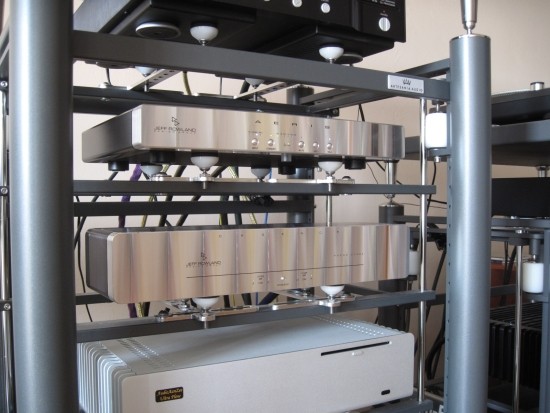
Analog Playback: Rowland Cadence + Cardas Clear
Very recently I got back into analog, triggered by a review I’m writing for Artesania Turntable Platforms, and after this review has triggered a quest for Tangential Technics Turntables, I was in the lucky position to find a Technics SL10 with a pretty rare 310MC Cartridge. The SL10’s themselves are not that rare, but the MC cartridge really is. I figured: what better MC preamp to treat it with, than the Jeff Rowland Cadence? Luckily my friend JW has two of them, and was kind enough to loan me one.
The Cadence has been connected using Transparent Ultra XL, and the result was very much analog: the Transparent enhanced the natural flow that LP playback posesses and did nothing to counter the Cadence’s fluid character, and for a week or two I was very pleased with the presentation. Would the Cardas Clear work just as well here? Honestly, I feared that the sound might lose some of its relaxed nature, and perhaps become too accurate, with a cable as neutral as the Clear.
I needn’t have feared. Maybe the sound was now slightly less romantic, but so much more vibrant and bouncy! Bass, the only weaker area of the Cadence, was now much more explosive and powerful, and just as with the Wadia 781, tonality was not only neutral, but also still very, very natural. And, importantly, the Clear manages to do all this without sounding dry in any way. Many cables are a matter of compromise: when excellent in one area, usually less in the other. Not so the Clear: it seemingly effortlessly combines all the various virtues into one coherent musically convincing whole.
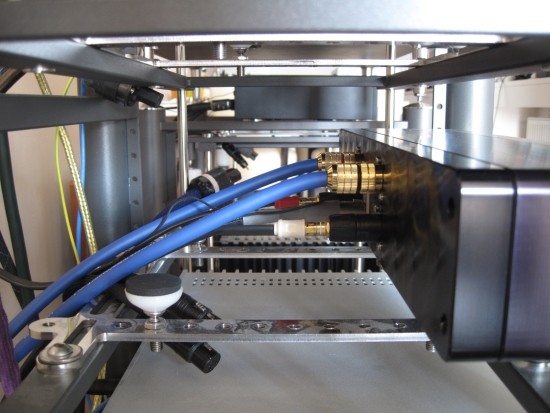
Back to digital – Hexlink once again
After having listened intensively to various turntables for the Turntable Platforms review, I returned to digital. The 781 had not been switched off and was waiting patiently and all warmed up, to play a CD for me. Before reconnecting the Clear to the Wadia, I first gave the old Hexlink another try. I just wanted to be sure.
My first response? Ouch! The Hexlink sounded even drier than I remembered it did. MP was right the first time: the Hexlink is not only a rough sounding cable, it is also very dry. Of course I knew this about the Cardas, but never had it been this obvious in my own system. Listening to analog playback for 2 weeks can have this effect.
I haven’t owned a Wadia for the past 8 or so years, and vividly remember selling my 861 for this very reason. The Rowland and Levinson clearly made for a better match for the Hexlink in terms of fluidity. But the 781’s much better low level resolution and added treble air made for a good combination with the Hexlink. Or so I thought. Only listening to digital playback can apparently make one more forgiving of digital’s sins…
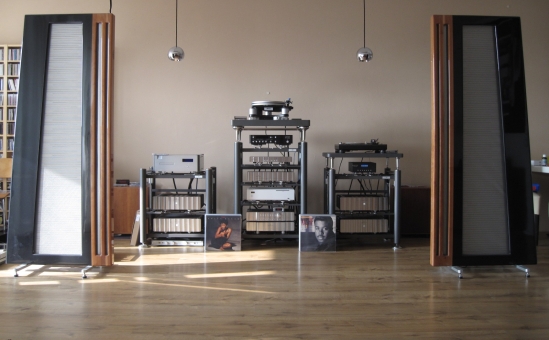
Back to digital – All Clear!
Now that I was a bit disappointed with the 781, I reconnected the Cardas Clear instead of the Hexlink, using the same inputs on the preamp. Oh yes: this was much better! The dryness had all but disappeared (after all, we’re talking digital playback on a Wadia), treble was more open, and the whole sound was much more agile, more supple, and with much better pace. It did all this without becoming analytical or clinical, and also, while better pace normally comes at the expense of finesse, the Clear managed to add finesse without sacrificing anything in the other departments. For a lack of a better word, I now found that the performance sounded much more like analog!
Conclusion
The Cardas Clear XLR is a much faster, more dynamic, neutral, open and transparent cable than its forebears. But it also manages to bring back the acoustically convincing natural timbre of the Hexlink and combines this with the air and supple fluidity of the Golden Reference. Bass is deep, solid and powerful, midrange is as rich and colorful as the recording demands and treble is pure and airy. To add to this, it is never dismissive of lesser recordings, but without resorting to overt bloom or softening. Here’s a cable that introduces zero artifacts, while still sounding utterly musical, making for a seemingly impossible combination of musical traits. The Clear doesn’t have any character in the traditional sense, yet its sound isn’t devoid of color and substance, as is often the case with other super-neutral cables. The Clear is quite simply the best interlink cable I have heard.
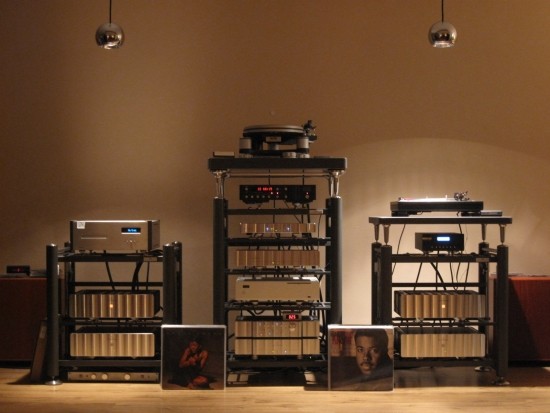
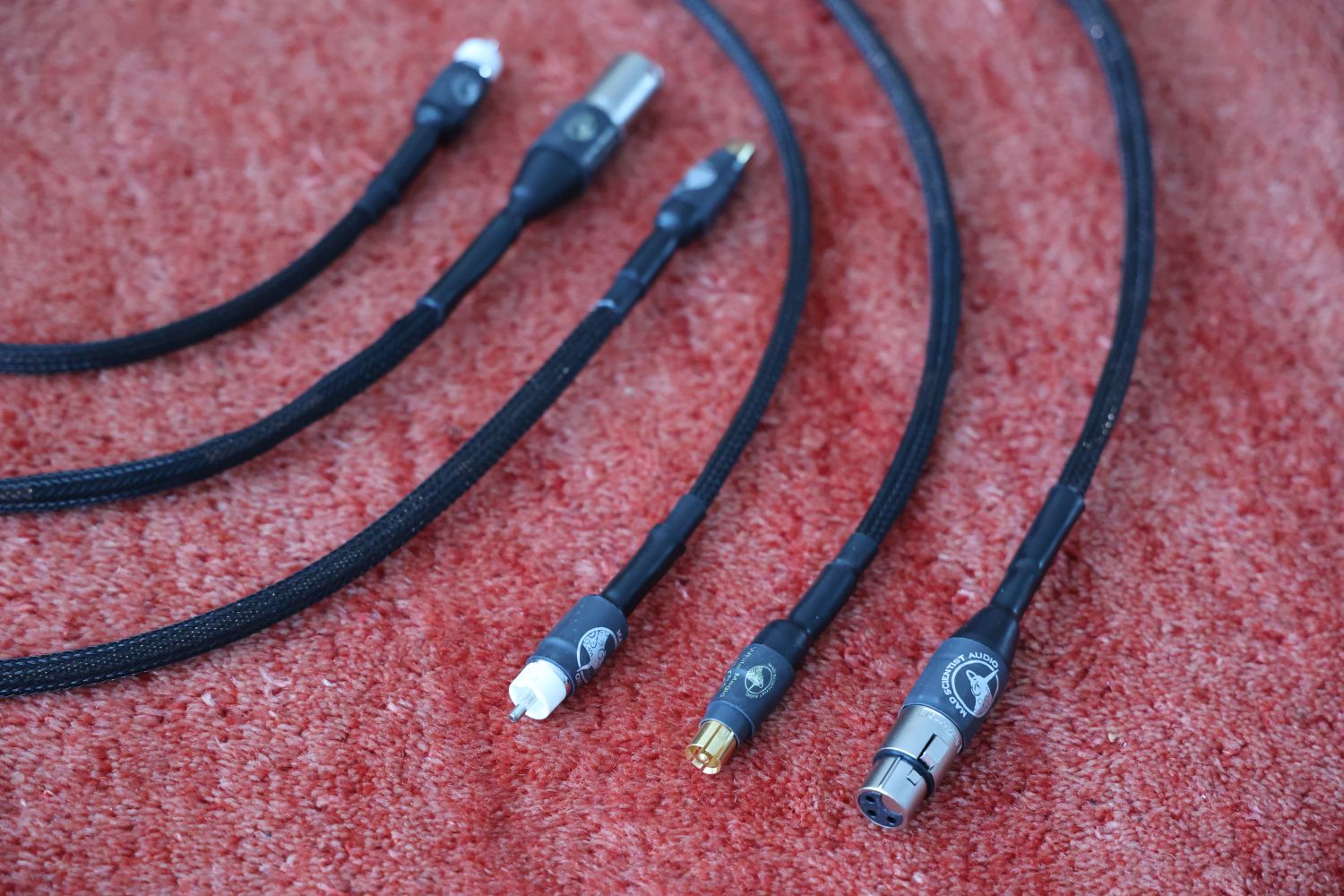
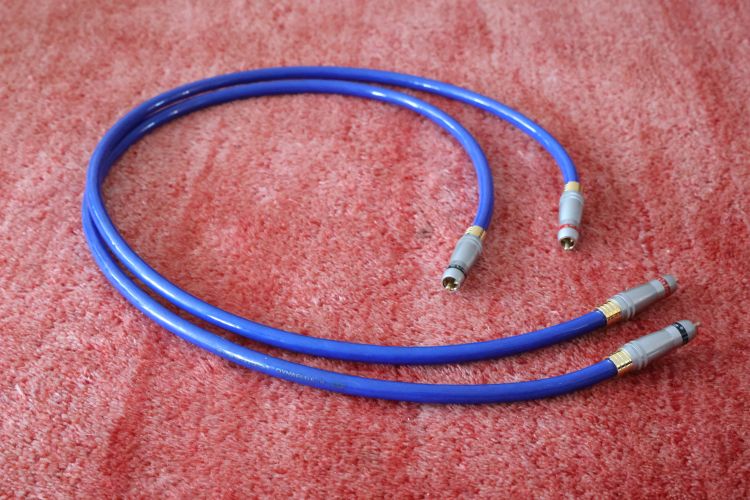

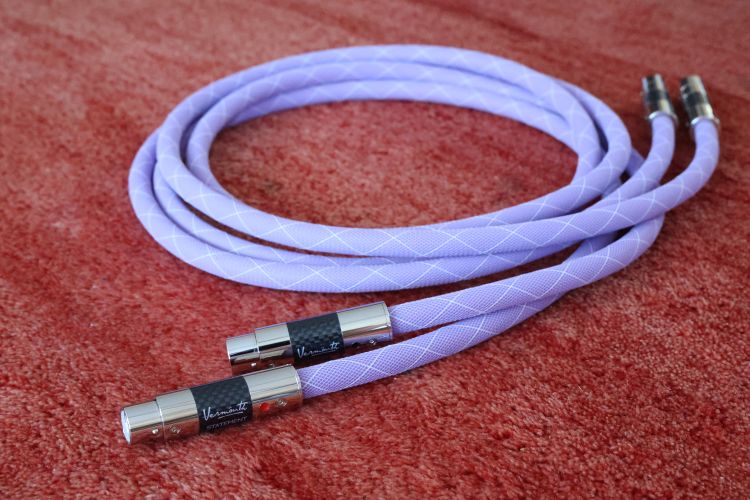
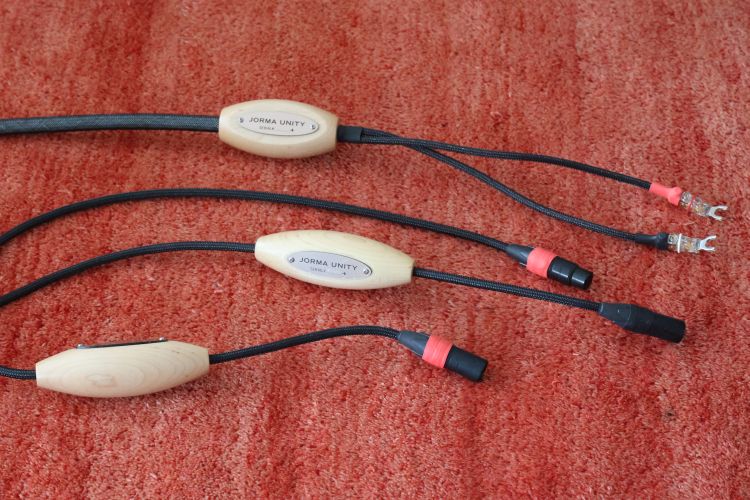
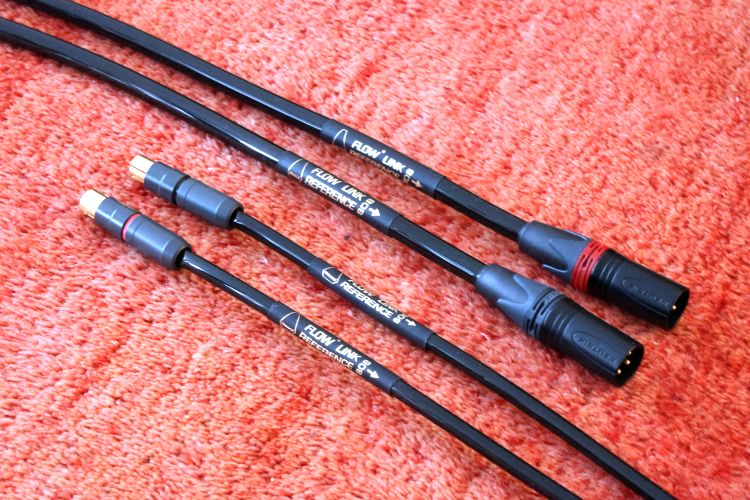
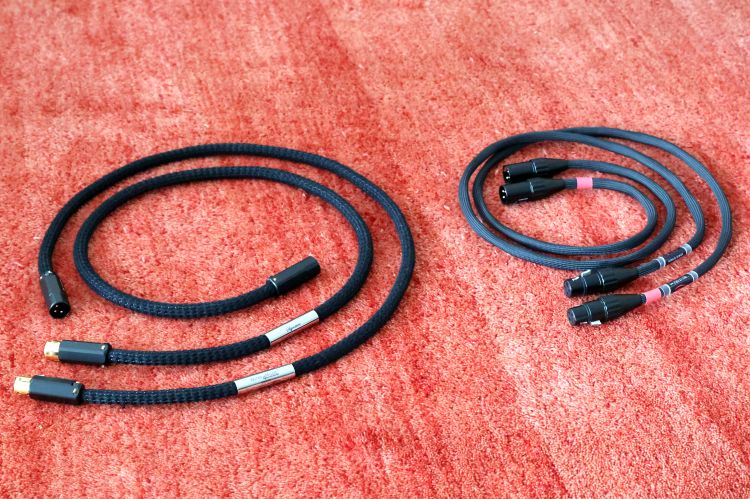
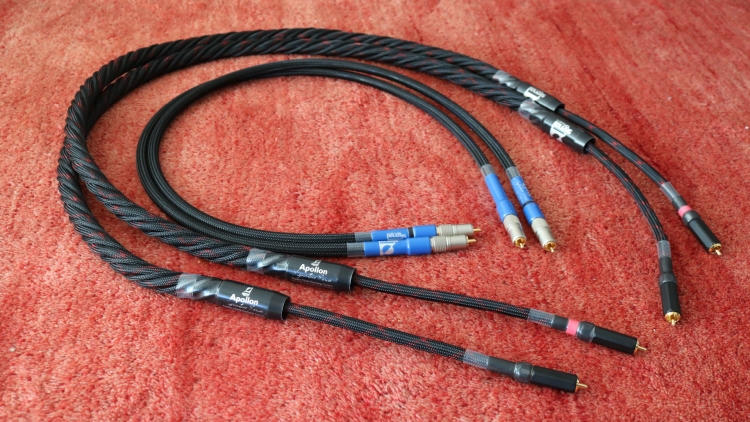
Christiaan,
In regards to this:
I use Cardas, as well as Transparent because I found that the one brand works better between preamp and poweramps and the other works better as a cable between sources and preamp. Your mileage might vary so don’t take my word for it, but in all the Jeff Rowland setups I’ve owned and/or heard (including Synergy 1, 2 and 2i preamps, and Model 2, 6, 10 and 725 poweramps), I found that Transparent Ultra or Reference works best between pre and poweramps. Using Cardas Hexlink Golden 5C in that position was never the optimum match. It made the sound too controlled, too rough and too mechanical.
Are you suggesting the optimum setup is a Transparent cable between pre and amp, and a Cardas cable between source and pre?
Not quite clear – thanks.
Indeed, in my setups so far (last 10 years) indeed it works best for me if I use a Cardas between source and preamp and Trans Ref (preferably XL) between pre and power amps. Please do note that this is valid for my system with ribbon speakers, and to my ears. I did find that this formula works every time I try it with Jeff Rowland equipment, also in other people’s setups.
Hi Christiaan, have you ever had the chance to hear the Cardas Clear Perfection XLR? It seems to get good reviews seeing it is quite a bit less expensive than the Cardas Clear XLR and seems more neutral than the Golden Reference, but I haven’t been able to hear it myself.
Hi Chantelle, I assume you mean Clear Reflection? According to the buzz it should contain more of the old Golden Cross/Golden Ref richness and smoothness while retaining clarity, but I have not made this comparison myself yet. Going from what I hear with the Clear though I would not personally want it to sound smoother or fuller, I think it is just perfect as it is, not at all overly clean or something, still positively Cardas.